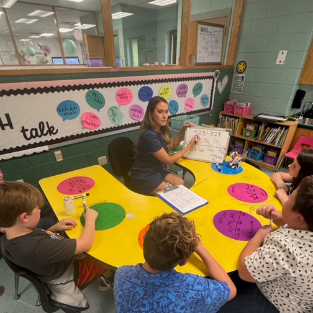Kids First Kentucky: Addressing the Teacher Shortage Through Funding and Accountability
Addressing the Teacher Shortage Through Funding and Accountability

Every Child Deserves a Great Teacher
Kentucky’s public schools are facing an urgent challenge: a growing teacher shortage that threatens the quality of education for students across the state. There is rarely a conversation with a superintendent or principal where this issue is not brought up. The Kentucky Association of School Superintendents (KASS) believes that every classroom deserves a highly qualified teacher, every school a highly effective principal, and every district a strong superintendent. This is perhaps the most important issue currently in front of us. Success for Kentucky’s students require great classroom teachers. KASS and the Kids First Kentucky Legislative Agenda is helping to lead the charge to ensure that funding and accountability systems work together to address this crisis.
The Role of Funding in Recruiting and Retaining Educators
Adequate funding for classroom instruction, typically through the SEEK program, is the foundation for ensuring high quality resources for our students and competitive salaries and benefits that attract and retain talented educators. There is clear evidence to show that the most impactful thing on a child’s learning is the quality of the teacher in that classroom. When school districts receive the funding they need, they can:
- Invest in classroom resources that improve student outcomes and support teachers in planning and curriculum implementation.
- Offer competitive salaries to recruit and retain educators in the profession.
- Enhance benefits to make education a more sustainable career choice.
A well-funded system isn’t just about paychecks—it’s about creating environments where teachers feel supported, valued, and empowered to make a difference. Almost every survey done across the country on why people are leaving the profession and why they are not pursuing the profession boil down to a lack of pay compared to other comparable fields and a lack of adequate resources and support staff to do the job and not cause burnout. The SEEK formula, in its original design and funding structure, helps all 171 local districts meet this challenge. But the funding must be adequate and in line with what the first 18 years of SEEK promised to local districts.
The Connection Between Accountability and Teacher Satisfaction
Since schools have existed, assessment and accountability is something that educators embrace to ensure students are learning and progressing to meet the challenges of today’s society. In 2025, however, the stress and pressure associated with high-stakes testing and rigid accountability measures have created profound adverse impacts on students and their mental health and have driven many educators out of the profession. For many of our accountability measures, one day with one assessment and one grade level determines the entire quality of education in that school. An accountability system designed with multiple opportunities for students to showcase their learning can ease some of the burden on teachers and create a more engaging, meaningful educational experience.
Since the No Child Left Behind federal law over 20 years ago, high stakes testing has been a reality. At one point, from 1999-2006, Kentucky was showing improvement across every content area at every level to the point that elementary schools were projected to reach proficiency goals by 2014. Assessments were changed, however, the stakes were increased, and we’ve yet to see substantial gains from these changes.
Research and real-world experience show that increasing testing stakes has not improved educational outcomes for either students or the teaching profession. What has occurred is that students are more anxious with increased test anxiety and fewer people want to stay in the profession or sign up for it as this approach has taken hold. It’s time to rethink this approach.
Strengthening Community Ties Through Local Accountability
A locally designed accountability system fosters stronger community engagement and could encourage more individuals to pursue careers in education. When districts have the flexibility to shape accountability measures that reflect their students’ needs, they can:
- Build trust between educators, parents, and policymakers.
- Inspire local professionals to consider alternative certifications and teaching roles.
- Reduce administrative burdens that push teachers away from the profession.
By giving communities a voice, we can create an education system that reflects the values and priorities of Kentuckians while ensuring students receive the best possible education. Every community gets the schools it wants. It requires effort, energy, and support to create the types of environments we want for every student. Local accountability is meant to highlight the way that the state and local community can partner together to create impactful teaching and learning experiences in every district across the Commonwealth.
Kentucky superintendents and policymakers must work together to push forward the Kids First KY Legislative Agenda, where accountability reforms drive impactful learning for students and a funding plan ensures resources exist to recruit and retain high quality educators to deliver on this promise.
With bold leadership and community support, we can ensure that every Kentucky student has access to a qualified, passionate educator—because kids come first.
🔗
Further Reading & Resources:
Measuring What Matters: The Case for a New Accountability System
Closing the Funding Gap: Ensuring Kentucky’s Education Budget Delivers
The Teacher Shortage Crisis in Education (Forbes)








